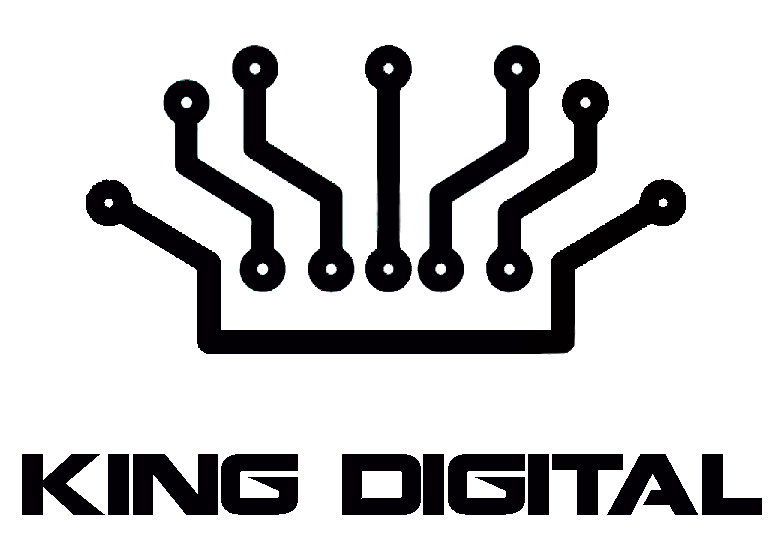Too many small businesses don’t fully comprehend their sales process or discover potential growth prospects. Sales teams can track leads through each stage of the sales process until they are converted to customers by creating a sales funnel.
What is the definition of a sales funnel? A sales funnel diagram depicts the many stages of a customer’s journey. It’s made up of several steps that, when visualized, form the shape of a funnel, as the strategy’s name suggests.
A successful sales funnel starts with the prospect’s first brand awareness and progresses through the whole sales pipeline to the customer’s final purchase. As the funnel progresses, the number of legitimate leads diminishes as potential customers opt-out of the purchasing process. Understanding the various sales funnel stages can aid a company’s entire marketing and sales funnel tactics, resulting in higher conversion rates.
Stages of the Sales Funnel
Don’t know how to make a sales funnel? A sales funnel is essentially a marketing funnel containing the same particular steps. It’s critical to incorporate the many stages of the sales funnel to depict the customer journey, including:
- Awareness and Discovery- This is the stage at the top of the funnel where the funnel will gather perspective leads. It is considered the awareness funnel, making those who come into contact with the funnel aware of your business and what you offer. Typically a lead finds this through your advertising.
- Step 2 is where there was more interest than just an initial curiosity. This means they have moved from the top of the funnel to the next step. A professional sales team can usually talk to the people that have shown more interest to help them move along to the next phase of the funnel.
- The next step is considered the decision step. Those in this step usually have done their research and are very intrigued by the offer. This is where the future customer is almost ready to purchase but is possibly looking at their other options out there. This is where it is essential that the sales teams get involved in finding out what they can do to help finalize the sale. Answering questions and even showing concern and a presence could show that your brand cares.
- Action is the final step. This is the very end of the funnel. During this step, the customer has now become a customer and has made the purchase.
Keep your Sales Funnel Full
Keeping your funnel full is important to keep your products and services selling. It is important that the sales team is always looking at ways to get people into the funnel. This will allow them to study where they lose people during the funnel process, which will help them improve their funnel and understand areas of concern. Using a funnel will help them understand and improve the funnel and help them find their right audience. The audience that the funnel is presented to might change as more information is gathered.
While funnels help make sales, they are also always evolving and changing with the right sales team. Looking for improvements is what sales funnels are all about.
